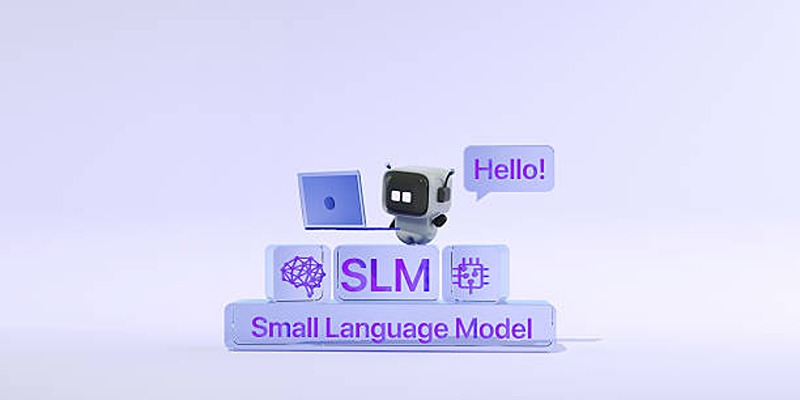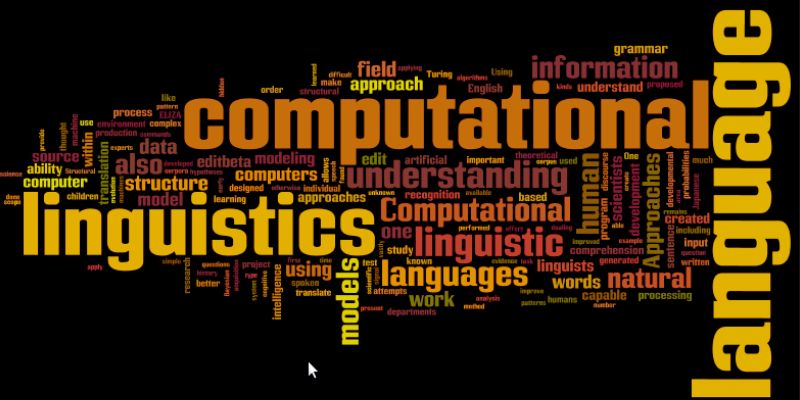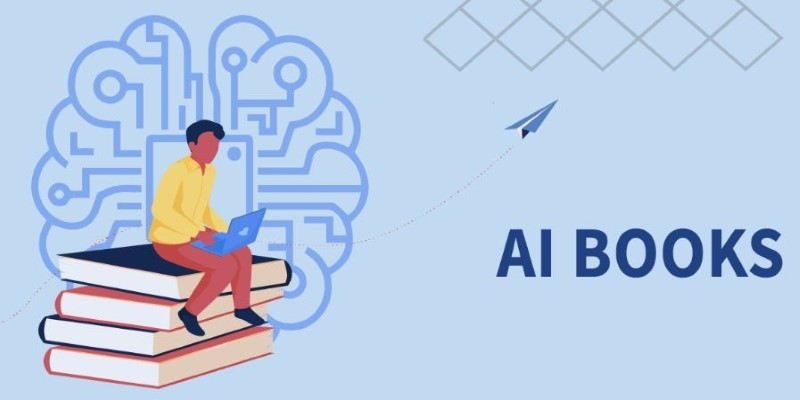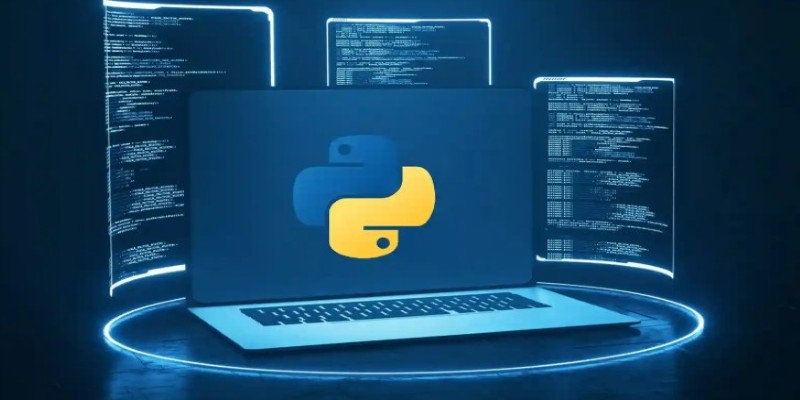Large language models have been around longer than most people think. They didn't just appear with GPTs or transformers. In fact, the foundational concepts have been in development for decades, and the books that cover them tell a surprisingly human story—one filled with trial, observation, theory, and, yes, quite a bit of programming.
If you're someone who's curious about how machines understand language, whether you're coming from a technical background or just following how this field is growing, these books are worth your attention. Each one comes with its own style—some are more readable than others, but all of them offer something substantial.
Here are the eight best large language model books of all time, selected not by how trendy they are but by how much they actually help you understand what's going on behind the scenes.
8 Best Large Language Model (LLM) Books of All Time
Speech and Language Processing by Daniel Jurafsky and James H. Martin
This is the kind of book you sit with for months. Not because it’s dense for the sake of it, but because there’s so much in there. It’s a complete look at natural language processing and computational linguistics. Jurafsky and Martin cover everything from finite-state machines to the nuts and bolts of deep learning architectures.
The writing is surprisingly friendly for a textbook, with real-world examples that actually help you stay focused. There’s a reason it shows up on nearly every university reading list for NLP.
Transformers for Natural Language Processing by Denis Rothman
If you’re interested in large language models as they exist today—transformers, self-attention, positional encoding, and all that—this is the one to check out. Rothman has a knack for breaking down complex architecture into something you can follow, even without a PhD in math.
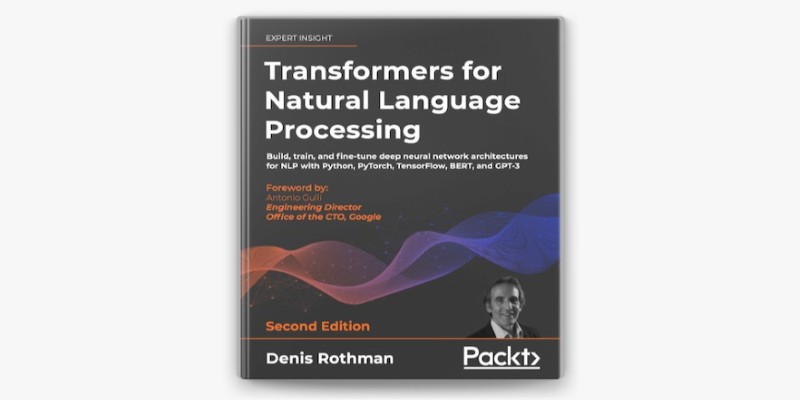
What's nice is that it doesn’t start in the middle of the story. He walks you through the background, builds on traditional NLP methods, and only then gets into transformer networks. The code examples are clean and annotated, which really helps when you're trying to understand why a model behaves a certain way.
Deep Learning by Ian Goodfellow, Yoshua Bengio, and Aaron Courville
No book list on modern AI would be complete without this one. Although it’s not limited to NLP, the sections on sequence models, attention mechanisms, and optimization are essential reading if you want to understand how LLMs are trained and why they behave the way they do.
This isn’t an entry-level book. But if you’ve already been exposed to neural networks and want to understand more than just the high-level summaries, this one digs deep. It’s comprehensive without rambling and manages to tie theory and practice together neatly.
Natural Language Processing with Transformers by Lewis Tunstall, Leandro von Werra, and Thomas Wolf
This book has Hugging Face DNA all over it—which is a good thing if you're interested in using pre-trained models in real-world projects. It's less about theory and more about practice. You'll find case studies, actual code implementations, and model training workflows that are useful right away.
The authors understand their audience. You’re not expected to know everything before starting, but you're also not spoon-fed the basics repeatedly. It hits a good balance. If you're already coding in Python and want to build applications with LLMs, this book will keep you busy in a good way.
The Alignment Problem by Brian Christian
Not everything about large language models is code and architecture. There’s the question of what these models should or shouldn’t do, how they interact with society, and what it means to train a machine on human language.
Brian Christian writes about this with clarity and empathy. He tells real stories—about engineers, researchers, and regular people affected by AI. It's not a technical manual, but it gives essential context. Especially now, when discussions about LLMs often drift into ethics, regulation, and bias, this book helps you see the whole picture.
You Look Like a Thing, and I Love You by Janelle Shane
This one is different from the rest—but in a good way. Shane approaches AI (including language models) with humor and curiosity. It’s a book that explains how these models work without losing the reader in jargon.
You'll come across funny examples, like chatbots gone weird and misunderstandings that happen when a model takes training data a bit too literally. It's light-hearted but not shallow. Underneath the jokes, there's a real effort to explain how machine learning systems think—or try to.
If you’ve ever rolled your eyes at yet another dry AI explanation, this book will feel like a breath of fresh air.
Neural Network Methods in Natural Language Processing by Yoav Goldberg
This one's for people who want mathematical and algorithmic details. Goldberg doesn't waste time re-explaining basic terms. He assumes you know your way around vectors and matrices. If that sounds intimidating, you might want to pick something else first.
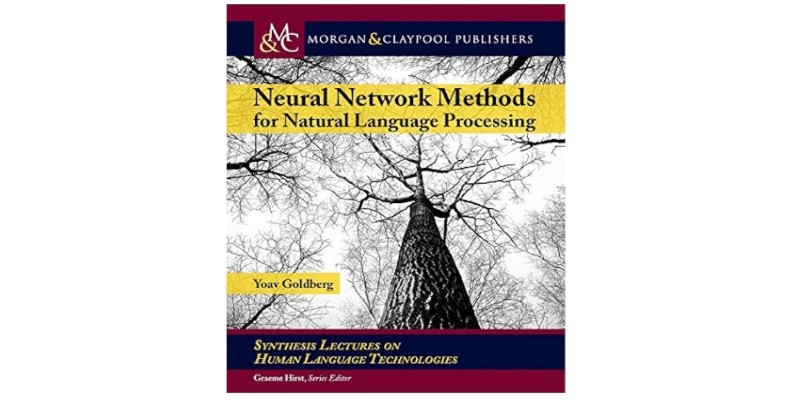
But if you're ready for it, this book walks through everything from word embeddings to structured prediction. The examples are compact but informative, and there's a clear link between the model designs and their practical implications. It's like sitting in on a grad-level course but with no exam at the end.
Artificial Intelligence: A Guide for Thinking Humans by Melanie Mitchell
Mitchell doesn't write like an engineer. She writes like someone who’s constantly asking questions, trying to make sense of where AI fits into everything. That makes this book less of a technical manual and more of a guided conversation.
She covers LLMs and related topics with a calm, clear perspective, never rushing into extremes. If you’ve been reading a lot of hype—or a lot of fear—this book brings things back to center. And it does it without being condescending or sugarcoated.
It’s especially good for readers who don’t code but want to understand what’s going on in AI research and public debate.
Final Thoughts
You don’t need to read all of these at once. Each of these books fits a different kind of reader—and different moods, too. Some will have you deep in PyTorch scripts. Others will get you thinking about what intelligence even means when it’s generated by a machine.
But what connects them all is their seriousness about language—how it’s structured, how it’s used, and how models try to learn it. Whether you're looking to build, understand, or question LLMs, there’s something on this list that will meet you where you are.


